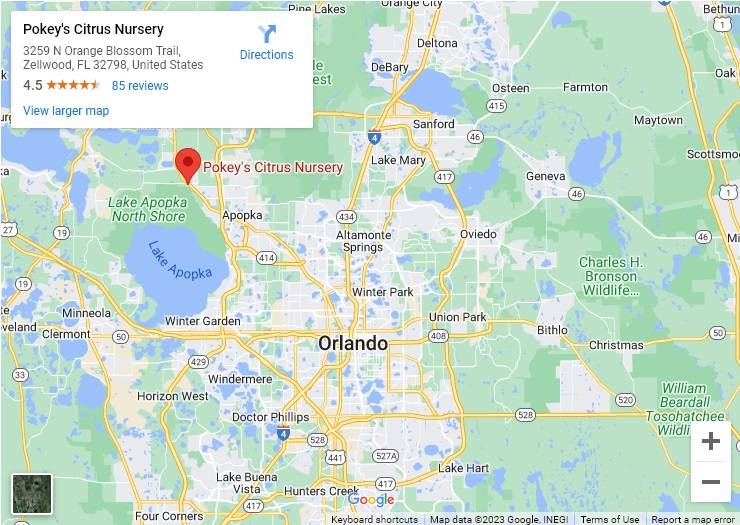| Uses | Large Shade Tree |
| Scientific Name | Quercus laurifolia Michx. |
| Cold Hardiness | Very cold hardy |
| Light Needs | Full sun, partially shade tolerant when young |
| Flower Color | Inconspicuous |
| Water Needs | Moderately drought tolerant |
| Leaves | Medium to dark green |
| E/D | Evergreen |
| Life length | 50-70 years |
| Mature Height | 50-100 Feet |
| Growth Rate | Fast |
The Laurel oak is a big, beautiful ornamental tree that grows in the wild throughout the Gulf Coast region. It does not live as long as the Live Oak, which can live hundreds of years, but grows much faster so can quickly provide an attractive shade tree for your yard.
Laurel oak has a single, dark gray to brown trunk that rises straight and true to heights of as much as 70 feet. Younger trees have smooth bark, but it thickens and whorls in interesting patterns with time. The crown is dense, pleasingly rounded, symmetrical and composed of long, flat, diamond-shaped green leaves that often linger on the tree through the winter months before falling in the spring. The flowers are brown and inconspicuous. Small reddish-brown acorns are produced in two growing seasons and are an important food source for birds and other wildlife.
The laurel oak is a fast growing shade tree that thrives in many diverse environments, including dry, sandy, well-drained soils and the heavier clays associated with high water tables, but it won’t tolerate boggy conditions or standing water. Drier conditions typically result in slower growth. The laurel oak is generally free of diseases and isn’t bothered by pests. Plant this tree in an open, sunny location where it will have plenty of room to grow. Slight pruning may be necessary to remove low growing branches and establish a strong central trunk.
Laurel oak is a charming native that works well as a street, shade or specimen tree in the Florida home landscape.

